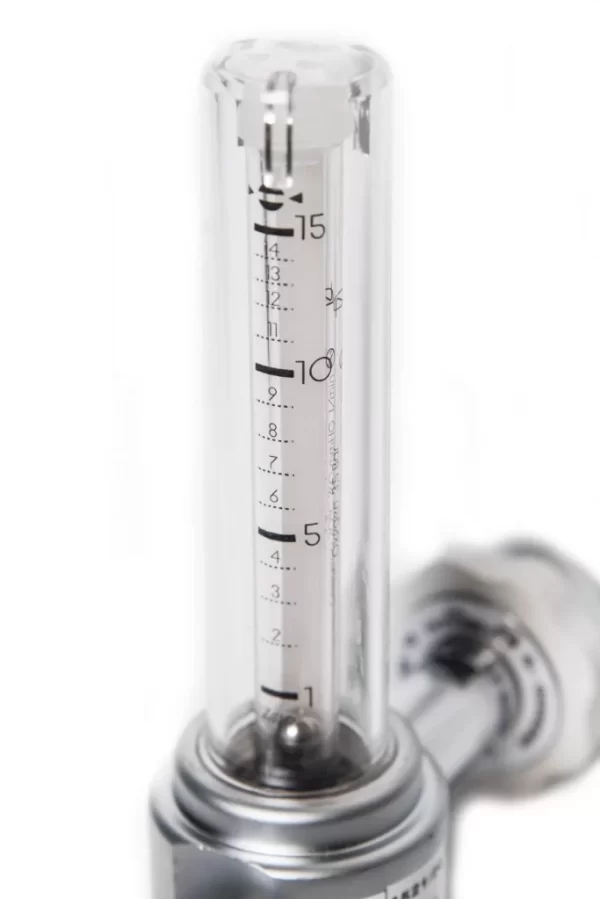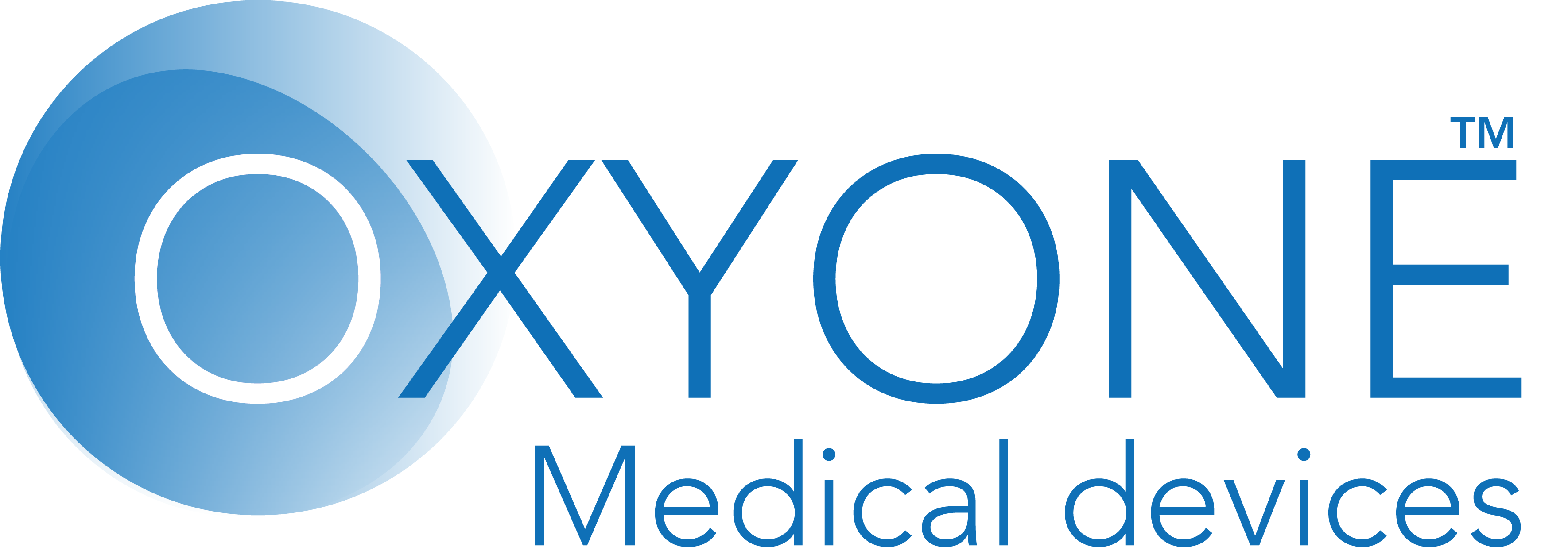Maintenance and calibration of medical oxygen flowmeters: Ensuring accuracy in patient care
When it comes to the medical field, precision and accuracy are not only ideal, they are mandatory. One of the crucial devices requiring such accuracy is the medical oxygen flowmeter. Its role in ensuring that the right amount of oxygen reaches the patient is critical. However, like all equipment, its efficiency and accuracy can be compromised over time if it is not maintained and calibrated regularly. Here is an in-depth look at the importance of maintenance and calibration of these devices.

1. The basics of medical oxygen flowmeters: Medical oxygen flowmeters are devices used to measure and control the flow of medical oxygen from a source to the patient. They ensure that patients receive the appropriate amount of oxygen, whether they are in an intensive care unit, undergoing surgery or being treated for respiratory conditions.
2. Why is calibration important? Calibration ensures an accurate flowmeter reading. Over time, due to wear and tear, flow meters may begin to show inaccurate readings. Even a slight inaccuracy can result in patients receiving too much or too little oxygen, with detrimental effects on their health. Regular calibration ensures that flowmeter readings correspond to actual oxygen flow.
3. Maintenance is equally crucial: While calibration ensures accuracy, regular maintenance ensures longevity and reliability. Dust, dirt or any other form of obstruction can affect the performance of the flow meter. Regular cleaning, inspection for damage, and immediate replacement of worn parts can prevent sudden malfunction.
4. How often should calibration and maintenance be carried out?
The frequency of calibration and maintenance depends largely on the manufacturer’s guidelines and level of use.
However, as a general rule:
-Flowmeters in high-use environments, such as intensive care units, should be calibrated every six months.
-Those in less demanding environments can be calibrated annually.
-Visual inspections and basic maintenance activities should be performed monthly.
5. Professional calibration services: While some health care facilities may have the equipment and expertise to calibrate their devices, many choose to rely on professional calibration services. These services have specialized equipment and trained professionals to ensure that calibration is performed accurately.
6. The bottom line: NThe role of a medical oxygen flowmeter is undeniably vital to patient care. Although they are designed for durability and accuracy, regular checks, maintenance, and calibration are non-negotiable activities. By ensuring that these devices are in excellent condition, health care providers can provide the best care for their patients, ensuring their safety and well-being.
